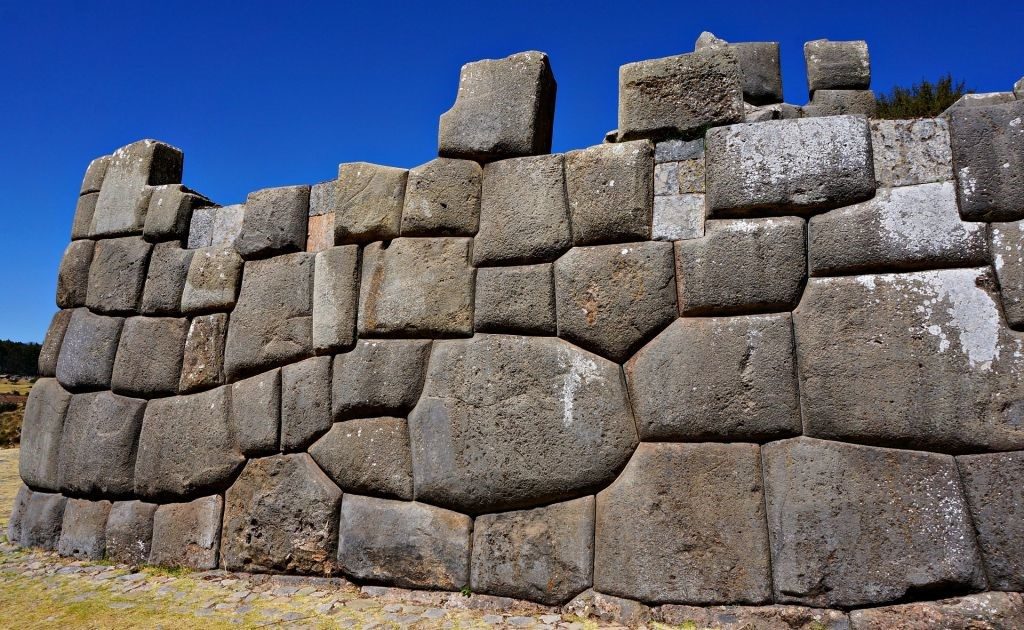Vastator
Platinum Member
- Oct 14, 2014
- 23,117
- 10,717
- 950
The short answer is "greed, and money". By keeping the site unexcavated adds to the mystery, and is a tourism cash cow. To that end, there is a conspiracy, keeping the site unexcavated. Here is an in depth video about who funds, and manages the site. And it's quite surprising. In the end, the WEF has the final say in what happens to the Gobekli Tepe site.Why is Gobekli Tepe being punted to “future generations”?

